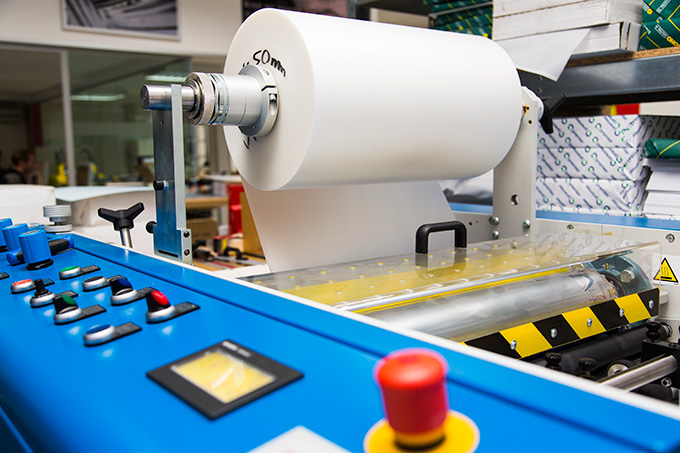Before you invest in signage for your business, you want to know it is going to have a real impact, one that you can measure and quantify. You want return on investment, whether you are considering large posters or wall graphics. Your goals for your signs can include increasing sales, directing people through your premises or motivating compliance with your COVID-19 protocols. Every type of sign communicates, and you want to make sure it communicates the correct message effectively.
Clearly, signage is an effective way to influence behaviour. Society depends on signs to prompt our behaviour on the roads, for example. The threat of law enforcement is not the only reason those signs work. A study published in the Journal of Applied Social Psychology in 1980 showed no difference in the effectiveness of signs with upbeat anti-littering messages and those threatening fines for littering. Some signs are more effective than others, however. So what is it that makes that difference? And how can you make your wall graphics, large posters and other signage as effective as possible whether you are encouraging people to follow COVID-19 guidelines or take advantage of special offers?
What Makes Signage Effective?
Scott Geller, a professor of psychology at Virginia Tech in the USA, has done numerous studies over the years about the psychology of signage. In his research, four critical points stand out. You might be surprised that they are not about the colour of your large posters or other signs.
- Simplicity. A simple message is always more effective than a complicated one. Fewer words have more impact. Graphics should also be kept simple when your goal is to encourage a specific behaviour such as donning a face covering or queuing at a certain point.
- Proximity. People are bombarded by messages in public settings, particularly in retail and food service venues. They are easily distracted. Putting large posters or wall graphics in the spot where you want people to take the action is most effective.
- Convenience. If it is easy for people to take the desired action, they are more likely to do it. A present-day example is hand sanitising. If you provide hand sanitiser and designate a hand sanitising station, people are more likely to follow your signs and do it than if they have to make an effort to take out their own sanitiser or if they feel they are obstructing other people by stopping.
- Tone. This is, according to Geller’s research, the least important of these four points. But it is still important in a retail setting. A traffic sign has one goal only, but a sign in a retail venue always has the secondary goal of encouraging repeat custom. Keep the tone cheerful and in keeping with your marketing tone.
Keep these four points in mind for all of your signage, and you will boost its effectiveness. Whether you want people to put on a mask, sanitize their hands or wait in a certain place to maintain social distance, simple, cheerful signs in the right place will help ensure that they do. Large posters are easy to see from a distance, and wall graphics and floor stickers can reinforce the message.
If you feel you need extra help with your signage, from the design to the material in which you’ll print them, count on us. Our team is ready to answer all your questions and to offer a bespoke service, quickly personalising your materials and applying your brand and design to all your posters and signages, among others. Get a quote today.








